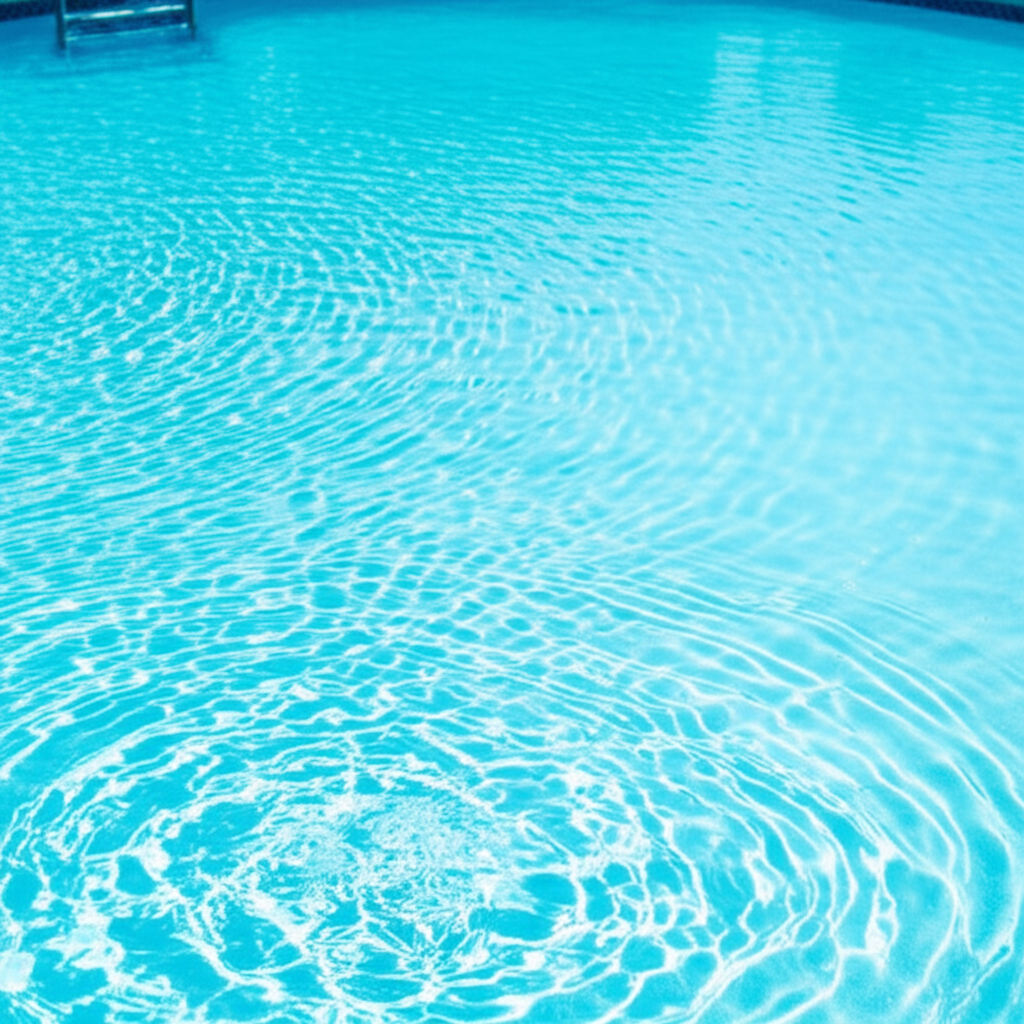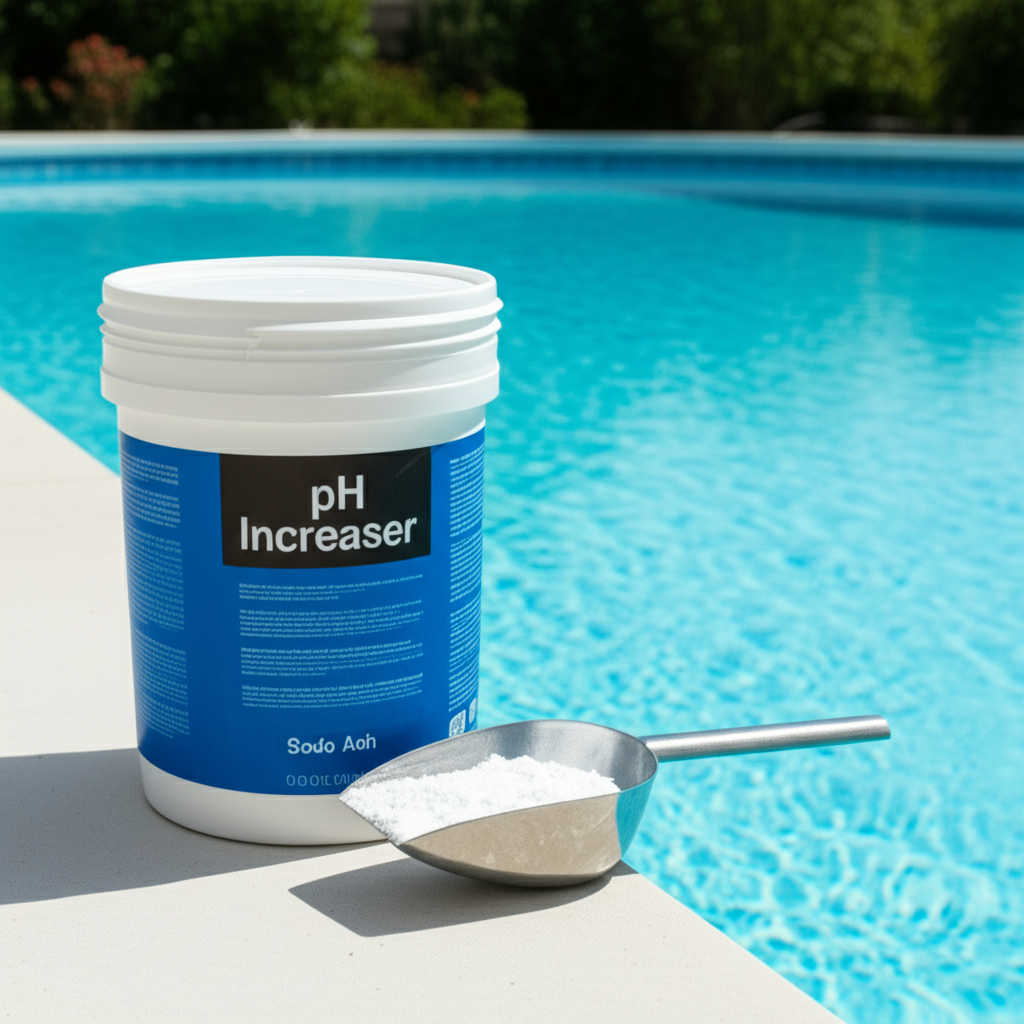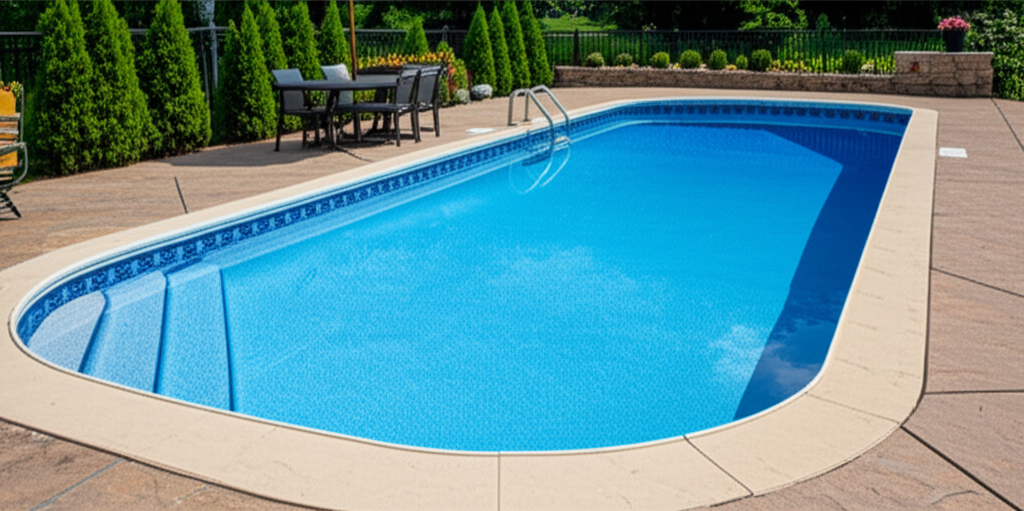- What is pH and Why Does It Matter for Your Pool?
- Recognizing the Need for a pH Increaser
- Choosing Your pH Increaser: The Power of Soda Ash
- Effortless Application: How to Use Your pH Increaser
- Beyond pH: A Holistic Approach
- Common Mistakes to Avoid
pH Increaser is an indispensable tool for maintaining a healthy and inviting swimming pool. Achieving the perfect pH balance is not just about making your water sparkling; it’s crucial for swimmer comfort, equipment longevity, and the overall effectiveness of your sanitizers. While pool chemistry might seem daunting at first glance, understanding the role of a pH increaser and how to use it effortlessly can transform your pool maintenance routine from a chore into a simple, satisfying task. This guide will walk you through the stunningly simple process of keeping your pool’s pH perfectly balanced.
What is pH and Why Does It Matter for Your Pool?
Before diving into how to raise pH, let’s understand what pH actually is. pH stands for “potential of hydrogen” and is a scale that measures how acidic or alkaline (basic) a substance is. The scale ranges from 0 to 14, with 7 being neutral. Anything below 7 is acidic, and anything above 7 is alkaline.
For swimming pools, the ideal pH range is generally between 7.4 and 7.6, though some experts extend it slightly to 7.2-7.8. Why is this specific range so critical?
Swimmer Comfort: Water that is too acidic (low pH) can cause stinging eyes, skin irritation, and even itchiness. Overly alkaline water (high pH) can also be irritating, though less commonly.
Equipment Protection: Low pH water is corrosive. It can leach metals from your pool heater, ladder, pump, and other essential equipment, leading to costly damage and staining. It can also etching plaster surfaces.
Sanitizer Efficiency: Chlorine, the most common pool sanitizer, works most effectively within the ideal pH range. If the pH is too low, chlorine dissipates quickly and becomes less stable. If it’s too high, chlorine becomes sluggish and significantly less effective at killing bacteria and algae.
Water Clarity: An imbalanced pH can lead to cloudy water, making your pool less appealing and harder to see into.
Recognizing the Need for a pH Increaser
How do you know if your pool’s pH is too low? The simplest way is to test your water regularly. Pool test kits – whether strips, liquid drop kits, or digital testers – are readily available and provide quick readings. You should aim to test your pool water at least 2-3 times per week, especially during heavy use or after significant rainfall.
Beyond testing, there are other tell-tale signs of low pH:
Corrosion: Rust stains on metal fittings, ladders, or in the skimmer basket.
Etching: Rough patches or pitting on plaster, grout, or tile.
Rapid Chlorine Loss: You’re adding chlorine, but the levels drop faster than usual.
Eye and Skin Irritation: Swimmers report burning eyes or itchy skin, similar to getting soap in their eyes.
If your test kit indicates a pH reading below 7.2, it’s time to reach for your pH increaser.
Choosing Your pH Increaser: The Power of Soda Ash
The most common and effective chemical used as a pH increaser is Soda Ash, scientifically known as sodium carbonate. It’s an alkaline substance that raises the pH of your pool water by neutralizing acidity. Soda Ash is widely available at pool supply stores and is generally very safe and easy to use.
While sodium bicarbonate (baking soda) can also raise pH, its primary role is usually to increase total alkalinity, which is a different, though related, aspect of pool balance. For directly raising pH, Soda Ash is the go-to solution.
Effortless Application: How to Use Your pH Increaser
Using Soda Ash to correct low pH is a straightforward process, but precision and patience are key. Follow these steps for stunningly effortless results:
1. Test Your Water: Always start with an accurate reading of your current pH level.
2. Calculate the Dosage: Refer to the instructions on your specific pH Increaser product. Pool chemicals vary in concentration, and dosages are usually based on your pool’s volume (gallons) and how much you need to raise the pH. It’s always better to add less than too much, as you can always add more later.
3. Safety First: Wear appropriate safety gear, including gloves and eye protection, when handling concentrated pool chemicals.
4. Prepare the Chemical: Never add dry Soda Ash directly into the skimmer or in a concentrated dump. This can lead to localized high concentrations and potential damage. Instead, pre-dissolve the recommended amount of Soda Ash in a bucket of pool water (never add water to the chemical directly; always add chemical to water). Stir until it’s mostly dissolved.
5. Distribute Evenly: With your pool pump running to ensure circulation, slowly pour the dissolved solution around the perimeter of your pool, avoiding the skimmer opening and directly impacting any pool equipment. This allows for even distribution throughout the water.
6. Circulate and Wait: Allow your pool pump to run for at least 4-6 hours (or preferably overnight) to thoroughly circulate the water and mix the chemical.
7. Re-test: After the circulation period, re-test your pool’s pH level. If it’s still too low, repeat the process with a smaller, calculated dose. Avoid the temptation to add too much at once, as overshooting can lead to new chemical imbalances.
Beyond pH: A Holistic Approach
While focusing on your pH increaser, remember that pool chemistry is interconnected. Total Alkalinity (TA) acts as a buffer for pH, helping to stabilize it. Calcium Hardness (CH) prevents corrosive water and surface damage. Always aim for a balanced approach to your pool chemicals:
Total Alkalinity: 80-120 ppm (parts per million)
Calcium Hardness: 180-220 ppm
Cyanuric Acid (CYA): 30-50 ppm (for stabilized chlorine)
Regular testing of all these parameters is crucial for maintaining a truly stunning and healthy pool.
Common Mistakes to Avoid
Overdosing: Adding too much pH increaser at once can cause your pH to shoot too high, leading to cloudy water, scale formation, and reduced chlorine effectiveness. Always add in stages.
Not Dissolving: Dumping dry Soda Ash can lead to undissolved granules settling on the pool floor, potentially staining or damaging surfaces.
Testing Immediately: Giving the chemicals time to circulate is vital. Testing too soon will give you an inaccurate reading.
* Ignoring Other Parameters: While pH is critical, don’t neglect alkalinity, calcium hardness, and chlorine levels. They all work together for optimal pool health.
Mastering the use of a pH increaser is a fundamental step in effortless pool maintenance. By understanding what pH is,
recognizing when it needs adjustment, and applying Soda Ash correctly and patiently, you can ensure your pool remains a pristine, comfortable, and healthy oasis for everyone to enjoy. With these stunningly simple tips, your pool will be perfectly balanced and ready for endless fun.




